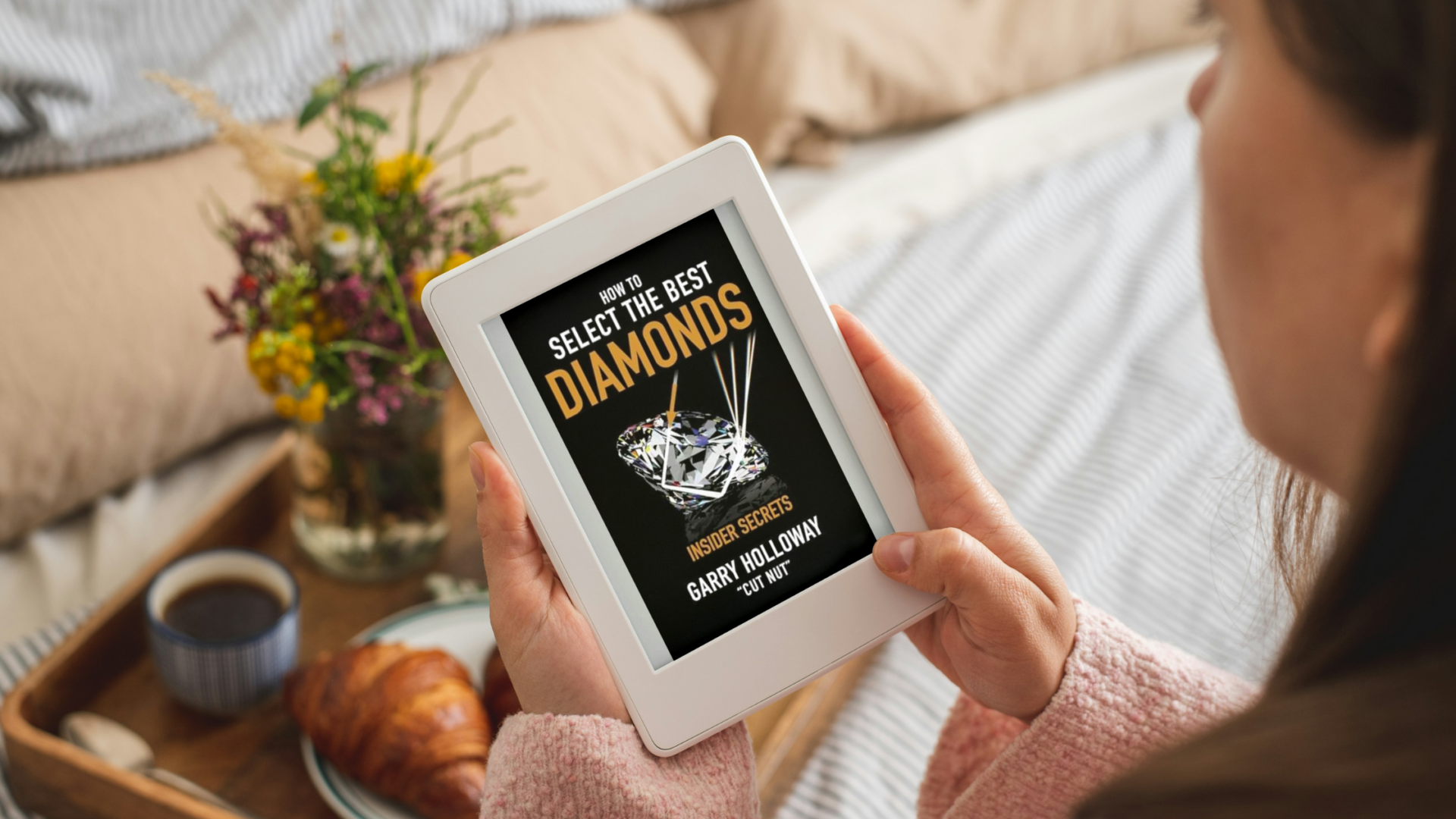Hello. I need help with this, so I am hoping to get answers. Thanks!!
I have 2 diamonds that I am contemplating but don't know which to go with.
One is an "F" VVS2, Triple Excellent, Ideal Cut, 1.16 cts. (Round-Cut), Faint Fluorescence;
the other one is: "H" IF, Triple Excellent, Ideal Cut, 1.17 Cts. (Round-Cut), NO fluorescence. Both diamonds have been graded by GIA.
Which one is the best choice? I am getting these online. I called and asked 2 jewelers. One said I should go with the "F" colored diamond, while the other jeweler said to go with the "H." I don't know what is the best choice.
The difference in price is only $600 more for the "F" with the VVS2 grading. So, it's no major difference in price.
Would the VVS2 not go up in value as much as the IF (Internally Flawless) in years to come? But, will the "F" look noticeably brighter/whiter? I always want a beautiful, sparkling, bright diamond. I saw the chart from GIA on both. The "H" has no flaws since it's Internally Flawless but the "F" has a 4 needles and 3 pinpoints. I just hope that will not affect the brilliance with those inclusions.
I would appreciate any help that anyone cares to offer!
I have 2 diamonds that I am contemplating but don't know which to go with.
One is an "F" VVS2, Triple Excellent, Ideal Cut, 1.16 cts. (Round-Cut), Faint Fluorescence;
the other one is: "H" IF, Triple Excellent, Ideal Cut, 1.17 Cts. (Round-Cut), NO fluorescence. Both diamonds have been graded by GIA.
Which one is the best choice? I am getting these online. I called and asked 2 jewelers. One said I should go with the "F" colored diamond, while the other jeweler said to go with the "H." I don't know what is the best choice.
The difference in price is only $600 more for the "F" with the VVS2 grading. So, it's no major difference in price.
Would the VVS2 not go up in value as much as the IF (Internally Flawless) in years to come? But, will the "F" look noticeably brighter/whiter? I always want a beautiful, sparkling, bright diamond. I saw the chart from GIA on both. The "H" has no flaws since it's Internally Flawless but the "F" has a 4 needles and 3 pinpoints. I just hope that will not affect the brilliance with those inclusions.
I would appreciate any help that anyone cares to offer!




300x240.png)